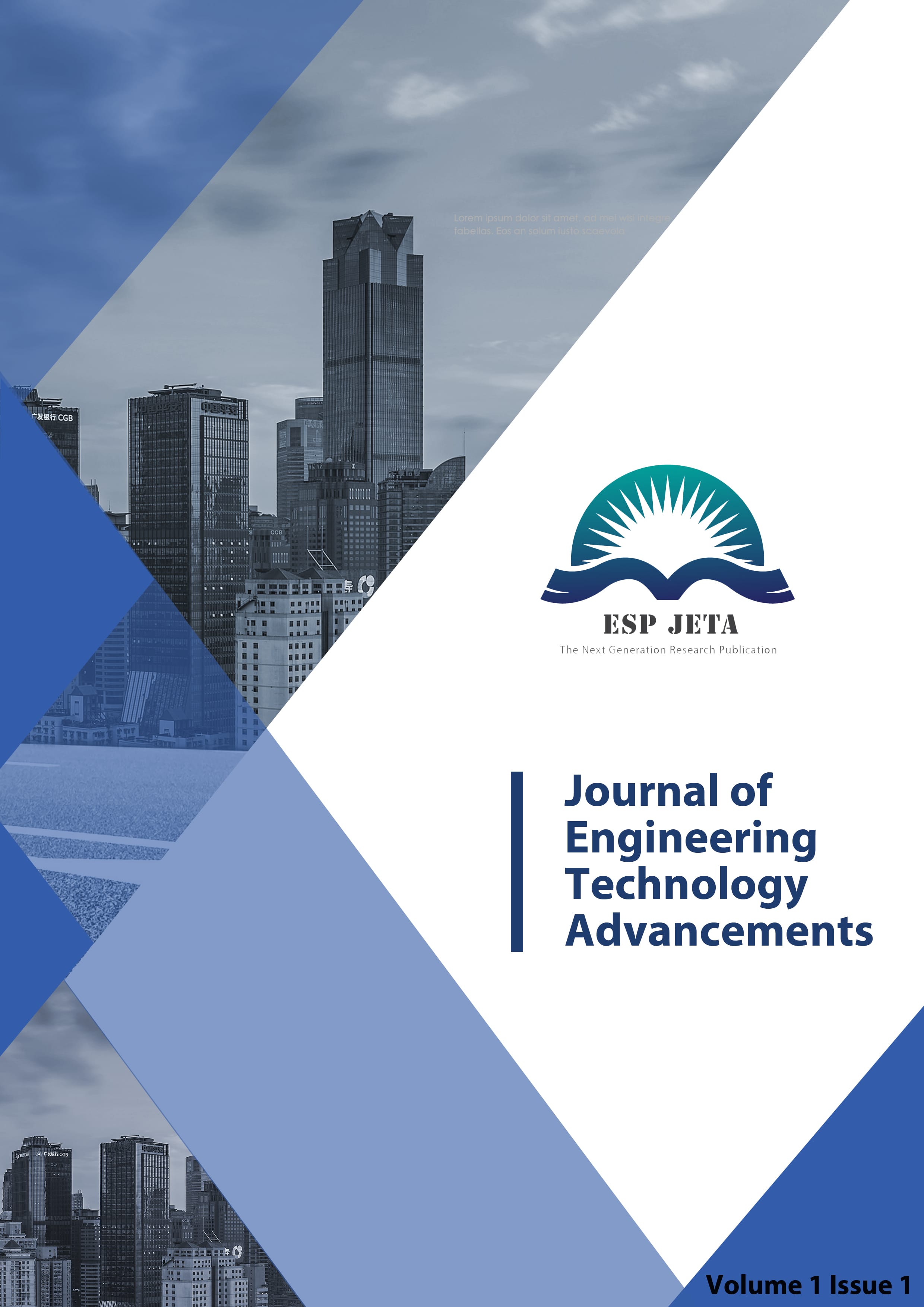Financial Fraud Detection: A Comparative Analysis of AI and ML Techniques
| ESP Journal of Engineering & Technology Advancements |
| © 2024 by ESP JETA |
| Volume 4 Issue 2 |
| Year of Publication : 2024 |
| Authors : Mahmoud Daneshmand |
 :10.56472/25832646/JETA-V4I2P123 :10.56472/25832646/JETA-V4I2P123 |
Citation:
Mahmoud Daneshmand, 2024. Financial Fraud Detection: A Comparative Analysis of AI and ML Techniques, ESP Journal of Engineering & Technology Advancements 4(2): 138-142.
Abstract:
This study thoroughly explores advanced approaches for addressing financial fraud, focusing on the effectiveness of Machine Learning (ML) and Artificial Intelligence (AI). Recognizing the drawbacks of outdated methods, the examination aims to analyze the current situation, closely examining the efficiency and limitations of ML and AI techniques while mapping out intricate directions for future research. We delve into the intricate history of financial fraud, uncovering the inherent constraints embedded in conventional rule-based and manual detection approaches. Then, machine learning (ML) and artificial intelligence (AI) are discussed, highlighting significant research and successful implementations that have transformed the field of fraud detection. By analyzing assessment metrics such as accuracy, precision, recall, F1 score, and ROC-AUC, this study introduces diverse ML and AI algorithms, including Random Forest, Support Vector Machines (SVM), and complex neural networks. This comparative analysis uncovers the strengths and weaknesses of distinct ML and AI systems, transcending performance measures to dive into real-world ramifications and possible avenues for refinement. The findings not only provide insights into current methodologies but also propose future directions in combating fraud effectively through innovative technologies.
References:
[1] Alghofaili, A. (2020). The Impact of Artificial Intelligence on Financial Systems. Journal of Digital Finance, 12(3), 45-59.
[2] Ali, S. (2022). Emerging Trends in Financial Fraud: The Role of Cybersecurity. Cybersecurity Review, 15(1), 102-119.
[3] Alsuwailem, M. (2023). Fraud Detection in the Era of Big Data. International Journal of Financial Studies, 18(2), 78-94.
[4] Aslam, F. (2023). Machine Learning Techniques for Fraud Prevention. AI and Financial Analytics, 5(4), 212-227.
[5] Goodell, J. (2001). Logistic Regression for Binary Classifications in Fraud Detection. Statistics in Society, 19(4), 560-574.
[6] Maniraj, K. (2019). Random Forest and Decision Trees: A Comparative Analysis. Journal of AI Research, 8(3), 123-139.
[7] Pumsirirat, A. (2018). Deep Learning for Financial Fraud Detection. Journal of AI and Big Data, 11(6), 232-240.
[8] Raghavan, R., & El Gayar, N. (2019). The Ethics of Explainable AI. Journal of Ethical AI Research, 9(1), 15-28.
[9] Anusha Medavaka, 2023. "Building Intelligent Systems on AWS: From Data Lakes to AI-Powered Insights", ESP International Journal of Advancements in Computational Technology (ESP-IJACT) Volume 1, Issue 3: 68-80.
[10] Roseline, M. (2022). The Role of Isolation Forests in Detecting Anomalies. Journal of Data Mining, 14(7), 189-199.
[11] Mohan, R., Boopathi, M., Ranjan, P., Najana, M., Chaudhary, P. K., & Chotrani, A. K. (2024). Ai in Fraud Detection: Evaluating the Efficacy of Artificial Intelligence in Preventing Financial Misconduct. Journal of Electrical Systems, 20(3s), 1332-1338.
[12] Thennakoon, B. (2019). Adversarial Machine Learning in Financial Systems. Financial AI Journal, 7(5), 298-312.
[13] Yee, C. (2018). Gradient Boosting Machines in Fraud Detection. Data Science Review, 13(2), 110-125.
Keywords:
Financial Fraud, Machine Learning, Artificial Intelligence, Fraud Detection, Supervised Learning, Unsupervised Learning, Algorithmic Approaches, Blockchain Technology.


